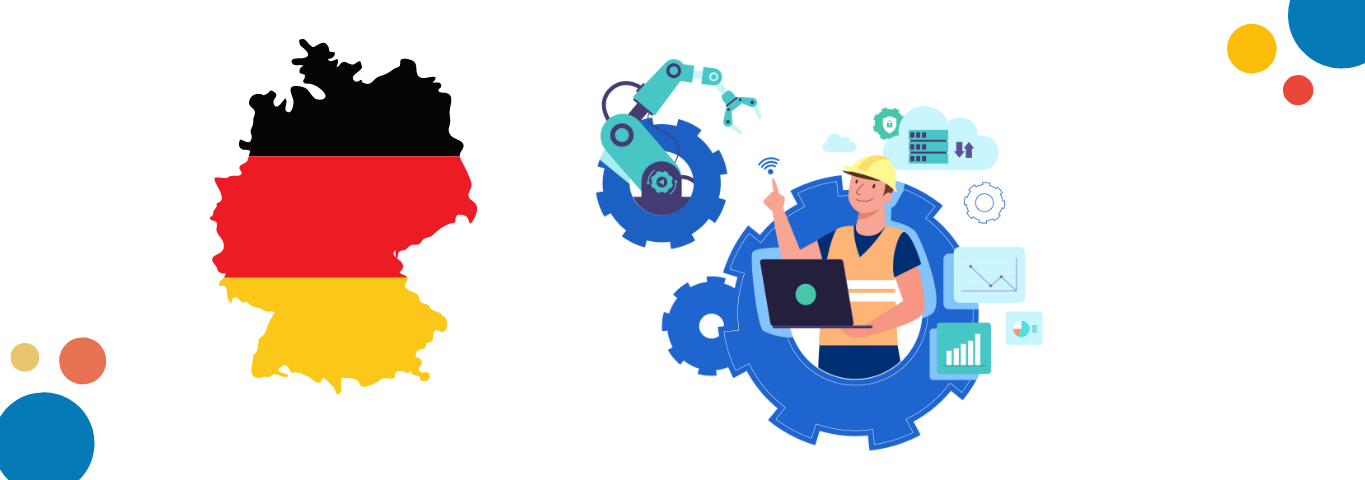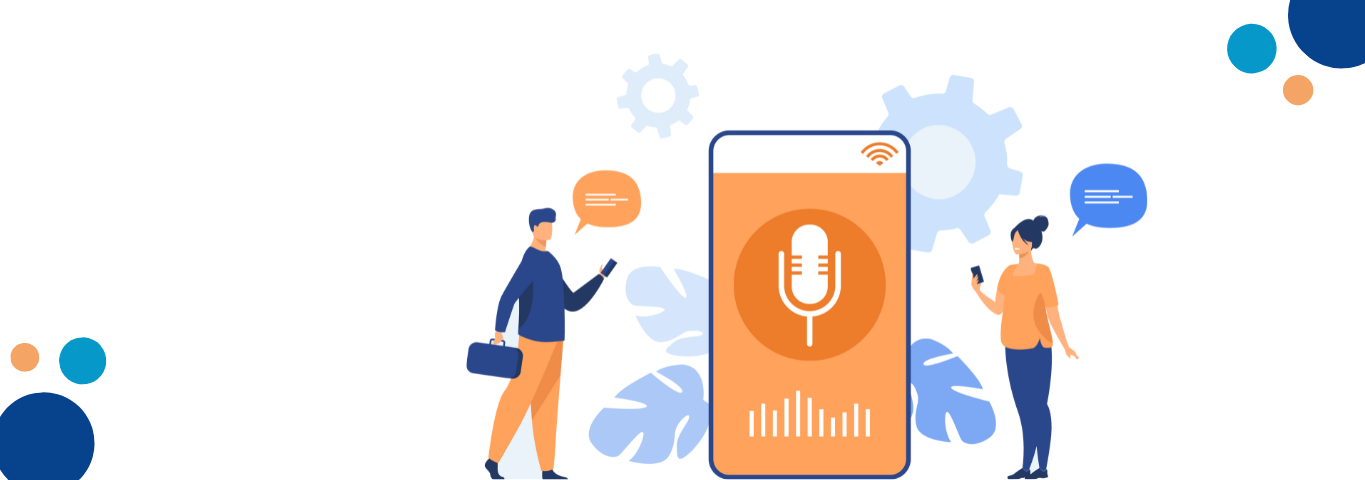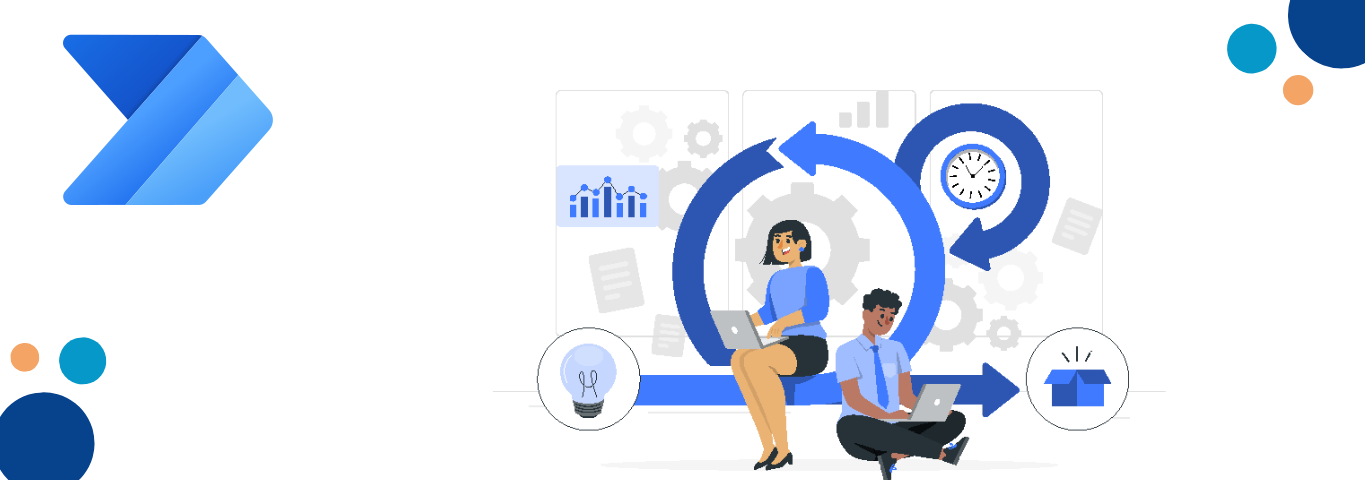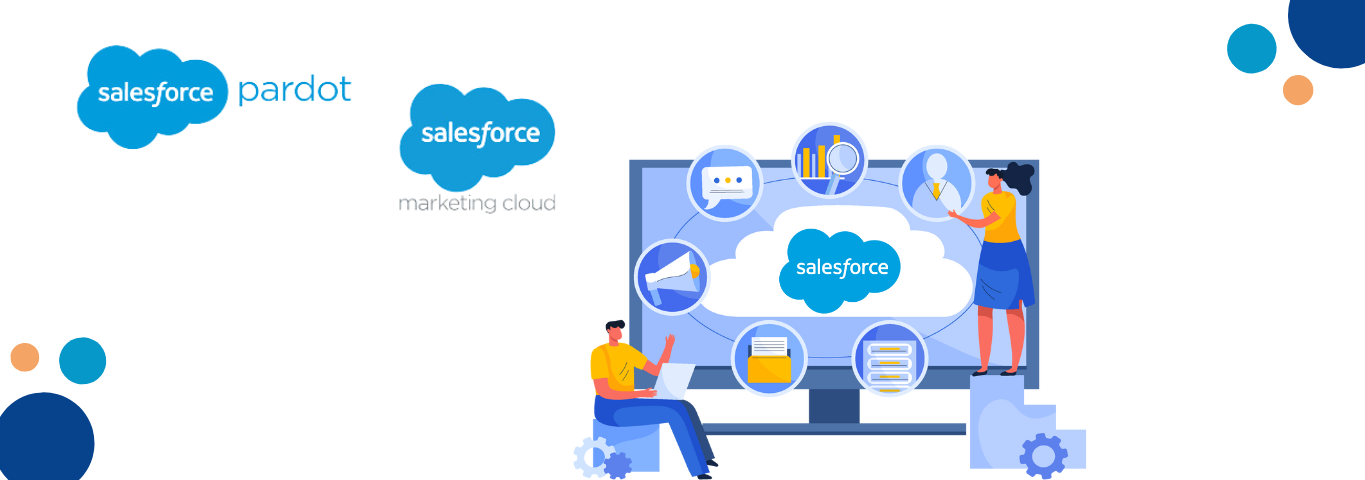Germany has a long history of technical innovation, from the industrial revolution to the current age of the internet. Germany has made significant progress in technological innovation, and the world has quickly embraced this technological revolution. However, with the advent of the 4th industrial revolution or Industrial Revolution 4.0, it has become clear that Germany needs an IT revolution to keep pace with the rest of the world.
German Chancellor Angela Merkel recently called on the industry to close the digital gap between Germany and the rest of Europe and take the lead in defining the technologies and software, and language behind the Internet of Things. The concept refers to extending the communications capabilities of the Internet beyond computers and smartphones to connect devices and systems with embedded intelligence, enabling intelligent services and products, such as driverless cars and advanced manufacturing.
The concepts of IT Revolution 4.0
Industry 4.0, the 4th industrial revolution, consists of nine pillars: cyber-physical systems, Internet of Things, Big data, 3D printing, robotics, simulation, augmented reality, cloud computing, and cyber security. These concepts have evolved and been refined over time. The following section provides easy descriptions of these concepts.
Cyber-physical systems
Cyber-physical systems (CPS) are at the core of Industry 4.0 and involve linking physical equipment to computers. CPS goes beyond hardware adjustments and consists in making mission-critical decisions about when to switch equipment and predicting the effects of those decisions. Artificial intelligence (AI) plays a crucial role in CPS and can lead to benefits such as optimized production and better energy management. CPS also involves horizontal and vertical integration of physical objects and software, allowing for highly coordinated functions. CPS has been used in various industries and requires multidisciplinary collaboration for development. The current trend is toward achieving reliable, secure, and certifiable systems and control methodologies.
The Internet of Things (IoT)
The Internet of Things (IoT) refers to physical devices embedded with electronic sensors, actuators, and digital devices connected to the internet. This includes home appliances, industrial machines, and other physical objects. The Industrial Internet of Things (IIoT) subset of IoT applies explicitly to industrial applications. IoT enables data to be collected and exchanged on an unprecedented scale. To manage the vast number of connected devices, innovative techniques are required. IoT has been applied in industry, transportation, healthcare, and the environment. However, standard protocols must be followed to connect billions of devices, which can raise privacy, security, and proprietary ownership issues. Interdisciplinary research is necessary to address these issues.
Big data and data analytics
Big data refers to the massive amounts of information created daily, which have become a commodity in the modern world. Industry 4.0 generates data from various sources like sensor readings, log files, video/audio, network traffics, transactions, social media feeds, etc. Big technology companies have already found success in mining valuable insights from big data to gain a competitive edge. For example, advanced algorithms can identify patterns and correlations, predict market trends and customer preferences, and increase return on investment by 15-20%. Big data visualization is a research trend aimed at making sense of these massive datasets.
Cloud and information technology
Cloud computing has become a significant part of Industry 4.0, providing scalable resources for various activities over the internet. It is considered the fifth utility alongside electricity, gas, water, and telephone. Cloud computing serves as remote servers available around the clock, providing high-performance and low-cost features for information storage. Rapid resource sharing, dynamic allocation, and flexible extension have expanded their influence on our day-to-day life.
A survey reports that 88% of companies yield positive outcomes from cloud computing, allowing access to new markets and customers. Cloud manufacturing has emerged with the increasing use of the cloud, enabling modularization and service orientation. It allows the design phase to include customer suggestions and engineer concerns, reducing turnaround time. In addition, cloud manufacturing provides software as a service, customer relationship management, and platforms for data analytics, collaboration, and business planning.
Robots and automated machinery
A key component of Industry 4.0 is robotics. It might be robotic arms, an entire assembly line, a rover that looks like a car, an android, or patrol robots with legs, depending on the requirements. Many are already evident in the production of food and drink, pharmaceuticals, and chemical processing. Here are some illustrations. KUKA Robotics created the lightweight KUKA iiwa robot for delicate industrial operations. An interactive production robot for packaging, Baxter is made by Rethink Robotics. The BioRob Arm can be utilized close to people. Automated equipment is designed to function in places where human employees are limited and to execute repetitive tasks with great speed and accuracy, showing an interface for augmented reality control of industrial robots.
3D printing
3D printing, also known as additive manufacturing, is a technology that allows the construction of complex structures using metal or plastic. The market for 3D printing is expected to be worth $32.78 billion by 2023, with increasing investment and demand for customized products. It reduces manufacturing costs, is flexible, and produces small quantities quickly. 3D printing reduces component weight, minimizes waste, and benefits the automotive and aerospace industries. It enables decentralized manufacturing, making production faster and cheaper. As product individualization becomes a trend, we expect to see more customized 3D printing services.
Simulation
Simulation is a process that involves both isolation and recreation. It starts with the identification of variables in a particular situation and the formulation of hypotheses. The simulation results are then compared to observations, and after repeated testing, satisfactory results can be used to make predictions based on a specific set of variables and conditions.
Simulation is crucial in many fields, especially in plant operations. For instance, real-time data can be monitored, and any intended changes or oscillations can be inputted into a well-studied simulation to predict real-world outcomes. Simulation can ensure product quality and minimize costs due to market price changes. Additionally, simulations can be used to shorten the time when errors occur. Finally, decision-making can also be aided by predicting possible outcomes through simulation.
Portable devices
The popularity of portable devices like smartphones, laptops, and wearable electronics has risen significantly in recent years. This shift towards developing software that can adapt to smaller screen sizes has resulted in a massive app market dominated by two major players, Google Play Store and Apple Store. Portable devices also facilitate remote working, bring-your-own-device policies, and cross-platform compatibilities. In addition, these devices usually have multiple connection methods, such as wireless and cellular networks, which provide manufacturers and developers with a high degree of flexibility in achieving their practical goals.
Besides being necessary for day-to-day mobile app usage, portable devices have made augmented reality systems practical in many fields. Augmented reality allows for real-time communication by immersing the users surroundings with additional information. For instance, an augmented reality headset or goggles can provide repair instructions by highlighting and graphically demonstrating steps on the actual system.
Industry 4.0 presents both opportunities and challenges.
Despite the benefits of new technologies, various issues and obstacles must be addressed.
In the short term, there are several immediate challenges:
- Many current systems lack autonomy, hindering the adoption of smart manufacturing.
- Network bandwidth limitations may cause bottlenecks, which could take years to resolve.
- The quality and integrity of data recorded by many industries need improvement, with no standard approach for data entity annotations.
- Modeling and analyzing complex systems are still insufficient for practical purposes.
- Adapting current production routes to enable individualized and customized products is difficult.
- The optimal investment and government support for different sectors is still unclear.
Cybersecurity is a critical issue that needs attention in the long term. Cyber-attacks have become increasingly prevalent, and digitalization may still have vulnerabilities despite standard security methods. Blockchain technology has been explored as a potential solution to improve cyber security in Industry 4.0. Data privacy is another concern that requires international collaboration on regulation and lawmaking. People must develop "digital thinking" despite their educational background, and adaptation measures must be taken to avoid technological unemployment.
Conclusion
Since the beginning of the industrial revolution, Germany has led the way in technological innovation, and with the advent of Industry 4.0, it has achieved significant strides in digital technologies. Yet, Germany needs an IT revolution to keep up with the rest of the world if it continues leading the globe in the export of high-value designed goods. Cyber-physical systems, the Internet of Things, big data, cloud computing, robotics, and 3D printing are among the nine pillars of the industry 4.0 idea, which is changing the global industry.
Germany is pushing its Industry 4.0 program to be the leader in the digital advances that will support this manufacturing transformation to close the digital divide. In addition, Germany can lead in defining the technologies, software, and language behind the Internet of Things and overcome the difficulties associated with data privacy, security, and corporate ownership through interdisciplinary research and multidisciplinary collaboration.
Contact us today to learn how BugendaiTechs IT solutions can help your business grow.







Comments